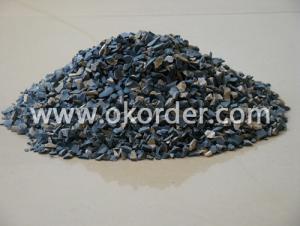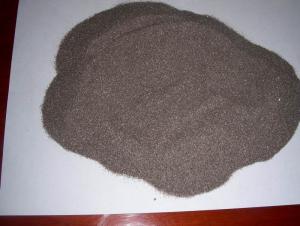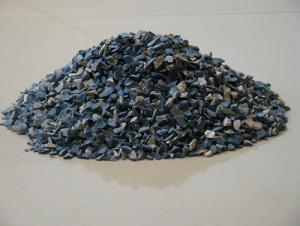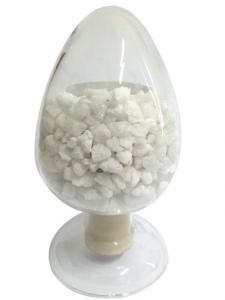High Alumina Refractory Castable For Blast Furnace
- Loading Port:
- China Main Port
- Payment Terms:
- TT OR LC
- Min Order Qty:
- -
- Supply Capability:
- -
OKorder Service Pledge
OKorder Financial Service
You Might Also Like
Specifications
Refractory Castable
1.AL2O3:26-92%
convenient for construction,
good plasticity,
low expansion
High Alumina Refractory Castable for blast furnace
Refractory castable,High alumina refractory castable,Alumina refractory castable
introduction :
Refractory castable is one of the unshaped refractory materials.It is made of refractory aggregate . refractory powder . binders and other additives. It is loose, No fixed shape,Has high liquidity, Casting and vibration molding,Can use directly or use after add appropriate water or other liquid. It is one of the new type refractory material of don't need calcination. In general the use of the site casting, vibration or tamping pouring molding method, a preform can also be made pre-formed components.
Features:
1. High refractoriness, High refractoriness under load.
2. High density, low porosity.
3. Good slag resistance and corrosion resistance.
4. High strength and wear resistance.
5. Good resistance to flake performance.
6. Good thermal shock stability.
7. Scouring resistance
Main Physical and Chemical Characteristics
item | specification | ||||
| HT-TC1 | HT-TC2 | HT-ZC1 |
| |
Al2O3 ≥ | 75 | 70 | 60 |
| |
SiC%≥ | 10.5 | 9.5 | 30 |
| |
volume density g/cm | 110°C×24h≥ | 2.95 | 2.8 | 2.65 | |
volume density g/cm | 1450°C×24h≥ | 2.9 | 2.75 | 2.6 | |
Resistance strength MPa | 110°C×24h≥ | 30 | 28 | 18 | |
| 1450°C×24h≥ | 45 | 43 | 30 | |
Line rate change %1450°C×24h≥ | +0.5 | +0.8 | +0.5 |
| |
refractoriness≥1790°C | |||||
Application Fields
Industry Served | Application Parts |
Cement industry | 1.preheater (walls /roofs/chutes/cone parts etc.) 2.calciner 3.smoke chamber 4.riser duct 5.rotary kiln(working lining/insulation lining/inlet zone/outlet zone etc.) 6.kiln hood 7.tertiary air duct 8.grate cooler(working lining/insulation lining/parapet etc.) 9.burner lance/rotary kiln burner |
Metallurgy | Furnace linning |
Generation Plant | Boiler |
Steel Industry | Steel ladle/tundish |
Environmental protection industry | Waste Incinerator etc. |
FACTORY:
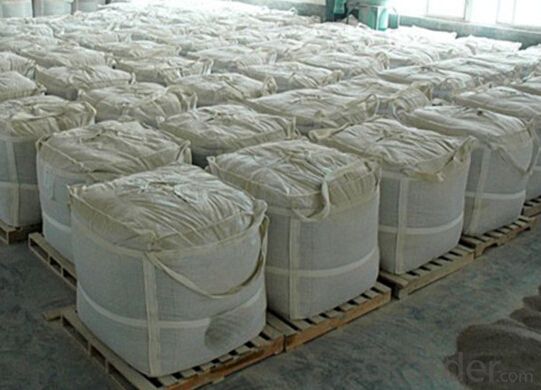
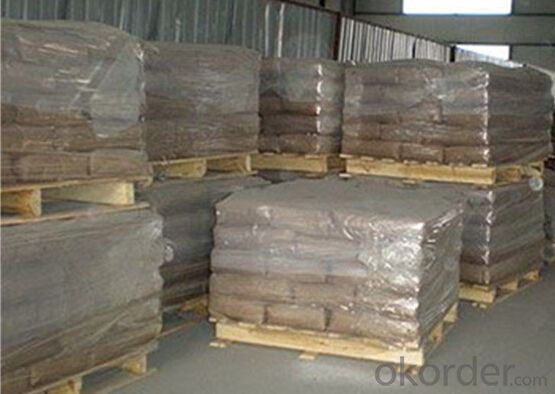
- Q:Which industry does refractory belong to?
- It belongs to inorganic refractory: Ceramic refractory bricks (used in steel-making furnaces) There is also organic polymer in heavy industry: Halogen-containing and halogen-free It belongs to construction industry.
- Q:The primary problem, does the gas permeable brick is fired refractory bricks(refractory) ?
- Yes. After moulding by casting in the firing of 1450 ° degrees.
- Q:Is there a worker in (Jigang refractory plant)?
- Units in this way, it is necessary to slowly boil it, wages will come up. You are a labor worker, and can not share with the stock system staff. There's a difference between salary and vacation.
- Q:What are the refractory materials above 1000℃
- corundum would be fine
- Q:What's the type of fire proofing thermal insulation materials?
- Hello! Fire proofing thermal insulation material can be classified as inorganic thermal insulation material and composite thermal insulation material. According to the form, it can be divided into fibrous veneer, mineral wool, rock wool, glass wool, aluminum silicate cotton, ceramic fiber, microporous diatomite, calcium silicate, expanded perlite, expanded vermiculite, aerated concrete, bubble foam glass, ash, glass, clay, foam concrete, and pasted paste powder polystyrene particles insulation pulp, etc. They are characterized by flame retardancy and fire proofing and thus can be used in buildings with high fire proofing class. Among them, calcium silicate, aluminum silicate and asbestos can also be used for the thermal insulation for heat supply pipelines.
- Q:How to divide the fire resistant level of EVB?
- According to the indicators of amount of smoke, heat value, burning rate, and ignition point, combustion performance insulation materials are divided into A (non-combustible), B1 (flame retardant), B2 (flammable), B3 (combustible). It can be divided into the organic and inorganic types: The organic includes polyurethane and polystyrene board, the inorganic the includes glass wool and rock wool. The price of organic is lower, and it is combustible materials, it will produce hydrogen cyanide and other toxic gases when burned, the inhaled would die. The inorganic material is completely non-combustible insulation material.
- Q:What are the raw materials of refractory?
- Refractory is mainly resistant to high temperature and fire. Sic refractories are widely used in refractory. I hope my answer will be helpful to you.
- Q:Can refractory be used as sealing element?
- It can. For example, a kind of irregular part that is made of fiber or some injection mix is used for sealing things.
- Q:What are unshaped fire-resisitance materials?
- Refractory castable, refractory plastic material, usually classified according to construction and manufacture method, unfired bricks precast block, refractory pressed into material, refractory cast material, refractory coating, refractory ramming material there are many classification methods
- Q:Who knows about the types of Dalian thermal insulating and refractory materials?
- (1) rock wool board: the heat conductivity coefficient is 0.041-0.045. It is fire retardant, has a great temperature absorption while a poor thermal insulation performance. (2) glass wool: it is simple in construction and free in cutting. It has advantages of antibiosis, mould proof, aging resistance and anticorrosion, and can ensure a healthy environment. It has a low hygroscopicity and a stable physical property. (3) expanding polystyrene board(EPS board): thermal conductivity: 0.037-0.041, it has a good thermal insulation performance, cheap price but a poor intensity. (4) extruded polystyrene board(XPS board): thermal conductivity: 0.028-0.03, it has a better thermal insulation performance, high intensity, moisture resistance while it is expensive, and requires surface treatments during construction. (5) gelatine powder polyphenyl granule heat insulating slurry: heat conductivity coefficient: 0.057-0.06, it has a good flame resistance while a poor thermal insulation performance, as well as has high construction requirements and can be recycled. (6) polyurethane foam: heat conductivity coefficient: 0.025-0.028, it has advantages of waterproofness, thermal insulation, high intensity, high integrity, and good integrity, but it has a poor fireproof?performance and is more expensive. (7) rigid polyurethane: heat conductivity coefficient: 0.018-0.023, it has advantages of low heat conductivity coefficient and good thermal performance. When the unit weight of rigid polyurethane is 35 to 40kg per cubic meters, it is equivalent to half of the EPS. It is the one with the lowest heat conductivity coefficient among all the thermal insulation materials. (8) perlite slurry: heat conductivity coefficient: 0.07-0.09, it has advantages of fire and high-temperature resistance, and high water absorption but is poor in thermal insulation.
1. Manufacturer Overview |
|
|---|---|
| Location | |
| Year Established | |
| Annual Output Value | |
| Main Markets | |
| Company Certifications | |
2. Manufacturer Certificates |
|
|---|---|
| a) Certification Name | |
| Range | |
| Reference | |
| Validity Period | |
3. Manufacturer Capability |
|
|---|---|
| a)Trade Capacity | |
| Nearest Port | |
| Export Percentage | |
| No.of Employees in Trade Department | |
| Language Spoken: | |
| b)Factory Information | |
| Factory Size: | |
| No. of Production Lines | |
| Contract Manufacturing | |
| Product Price Range | |
Send your message to us
High Alumina Refractory Castable For Blast Furnace
- Loading Port:
- China Main Port
- Payment Terms:
- TT OR LC
- Min Order Qty:
- -
- Supply Capability:
- -
OKorder Service Pledge
OKorder Financial Service
Similar products
New products
Hot products
Related keywords





















